Beneath the glossy finish of every car lies a silent battle against time, weather, and wear. Whether parked under a blazing sun or braving a sudden hailstorm, your vehicle’s paintwork acts as both shield and signature, reflecting personal style while fending off countless threats. Protecting this delicate surface isn’t just about aesthetics—it’s about preserving value, pride, and the stories that miles tell. In this guide, we’ll explore practical steps and expert tips to keep your car’s paint looking fresh and flawless, no matter the road ahead.
Table of Contents
- Understanding Common Causes of Paint Damage on Vehicles
- Choosing the Right Cleaning Products for Gentle but Effective Care
- The Art of Proper Washing Techniques to Preserve Your Car’s Finish
- Applying Protective Coatings and Sealants for Long-lasting Shine
- Parking Smartly to Avoid Environmental and Physical Hazards
- Routine Maintenance Tips to Keep Your Car’s Paint Looking New
- Q&A
- Closing Remarks
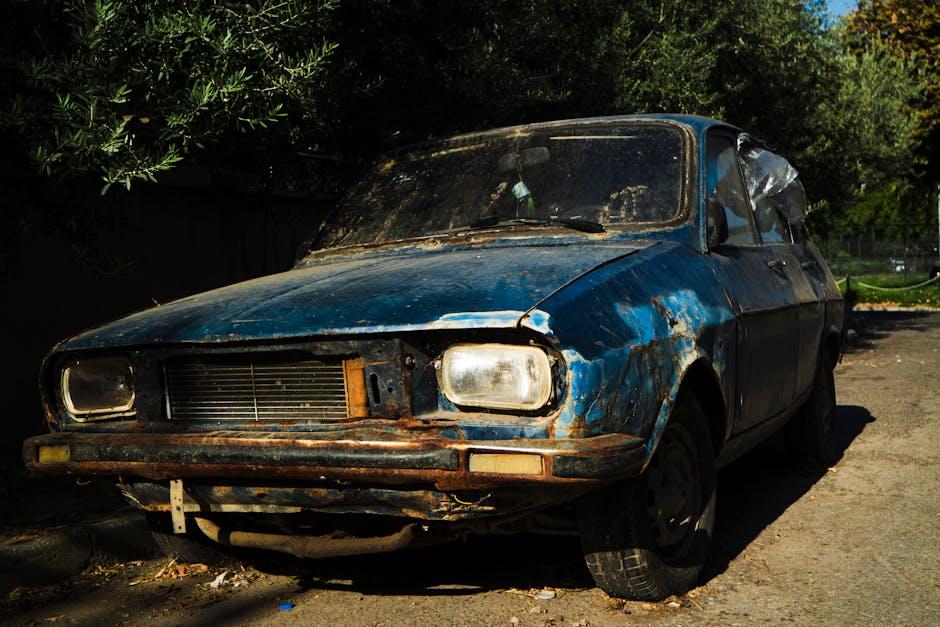
Understanding Common Causes of Paint Damage on Vehicles
Every car owner cherishes that glossy, flawless finish, but the reality is that vehicle paint faces constant threats that can dull its shine or cause irreparable harm. Environmental elements like UV rays relentlessly break down paint layers, leading to fading and chalkiness. Additionally, acid rain and pollution leave behind corrosive residues, while bird droppings and tree sap contain chemicals that can etch into your car’s surface if not cleaned promptly. Even everyday culprits like road salt and gravel cause micro-scratches that accumulate over time, dulling the original luster.
Neglecting regular maintenance can magnify paint damage, but understanding these common aggressors empowers you to take proactive steps. Below is a quick reference table highlighting some major paint threats and their typical effects:
| Cause | Effect on Paint | Preventive Action |
|---|---|---|
| UV Rays | Fading, oxidation | Park in shade, use UV-resistant wax |
| Bird Droppings | Etching, discoloration | Clean immediately |
| Tree Sap | Sticky residue, paint damage | Use sap remover regularly |
| Road Salt | Corrosion, rust spots | Wash car often in winter |
| Physical Abrasion | Scratches, chips | Avoid gravel roads, use protective film |
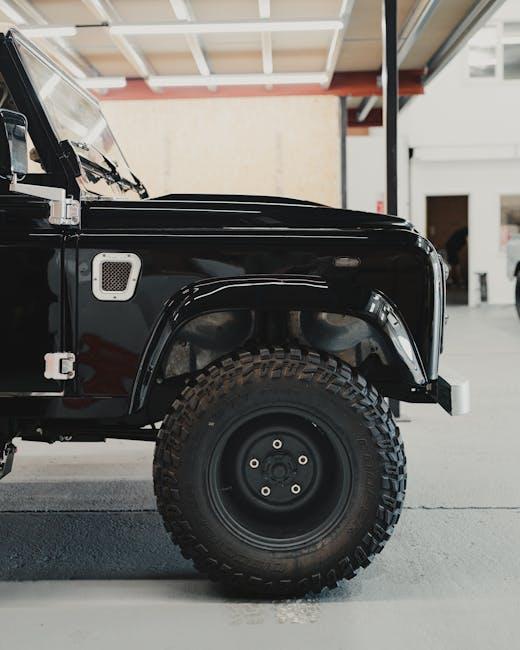
Choosing the Right Cleaning Products for Gentle but Effective Care
When caring for your car’s paint, selecting cleaning products that strike the perfect balance between gentle and effective is essential. Harsh chemicals can strip away protective layers and dull the finish, while mild formulas might not remove grime thoroughly. Opt for products specifically designed for automotive use—they usually contain ingredients tailored to dismantle dirt without eroding the paint’s integrity. Look for labels that highlight pH-neutral formulas, as these maintain the natural oils in your paint, preserving its shine and durability.
To simplify your shopping, here’s a quick guide on must-have cleaning products and their benefits:
| Product Type | Key Benefit | Ideal Use |
|---|---|---|
| pH-Neutral Car Shampoo | Gentle cleaning | Regular washes |
| Clay Bar | Removes contaminants | Deep cleaning |
| Detailing Spray | Enhances shine | Quick touch-ups |
| Wax or Sealant | Protects paint | Post-wash protection |
- Always dilute concentrates according to instructions to avoid overly strong solutions.
- Use microfiber mitts and towels to prevent micro-scratches during washing and drying.
- Test new products on a small, hidden area before full application to ensure compatibility.
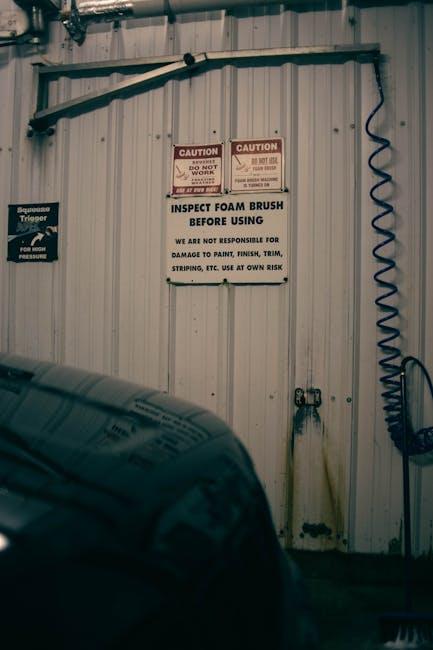
The Art of Proper Washing Techniques to Preserve Your Car’s Finish
Gentle, precise movements are key when washing your vehicle. Instead of a quick rub down, use a soft microfiber mitt or sponge soaked with car wash soap, applying light pressure to lift dirt without scratching the paint. Rinse the mitt frequently to avoid trapping and dragging particles that can cause fine abrasions. Always work from the top down, tackling the cleanest areas first to avoid spreading grime over cleaner surfaces.
Water temperature and quality also play a crucial role. Use warm, soft water whenever possible, as hard water can leave mineral spots that dull the finish. After washing, dry your car with a clean, plush microfiber towel or chamois to prevent water spots. If you want a quick reference, here’s a simple washing routine:
- Pre-rinse the car thoroughly
- Use two buckets method: one for soap, one for rinsing
- Wash in sections, rinsing the mitt between strokes
- Rinse off soap completely with low-pressure water
- Dry using a microfiber towel with gentle blotting
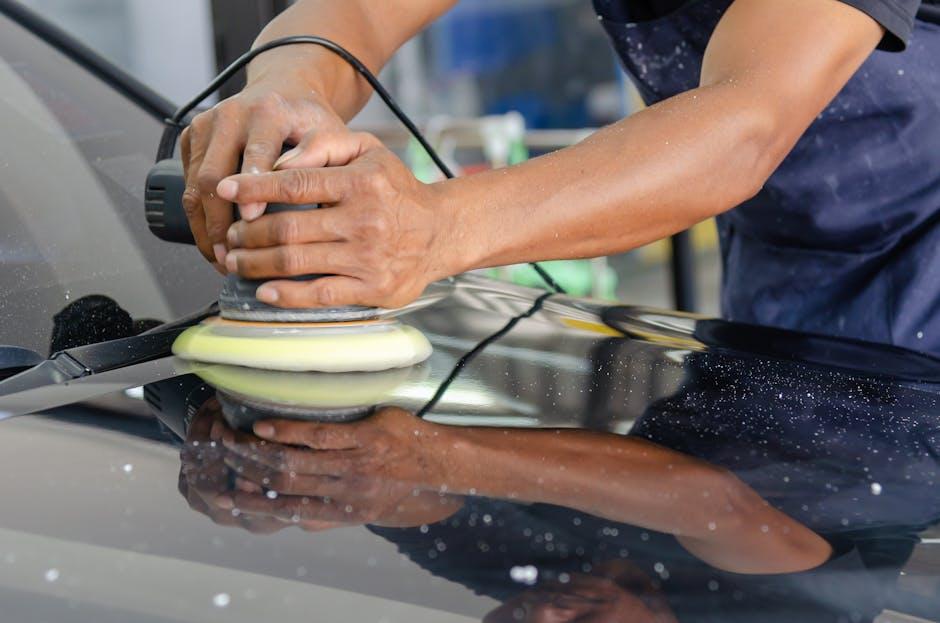
Applying Protective Coatings and Sealants for Long-lasting Shine
To achieve a showroom-quality shine that endures the elements, applying protective coatings and sealants is essential. These advanced formulations create a resilient barrier on your car’s surface, shielding the paint from harmful UV rays, dirt, bird droppings, and acid rain. Unlike traditional waxes, sealants and ceramic coatings last much longer, locking in that gloss while minimizing the need for frequent reapplications.
When choosing the right product, consider the specific benefits each provides:
- Sealants: Synthetic and easy to apply, they offer strong chemical resistance and a glossy finish lasting up to six months.
- Ceramic coatings: Provide superior hardness and hydrophobic properties, repelling water and contaminants for 1-3 years or more.
- Wax: Natural option with a warm glow, but typically lasts only a few weeks.
| Product Type | Durability | Key Benefit |
|---|---|---|
| Sealants | Up to 6 months | Easy application, strong protection |
| Ceramic Coatings | 1–3 years | Extremely durable, hydrophobic finish |
| Wax | 2–4 weeks | Natural sheen, warm gloss |
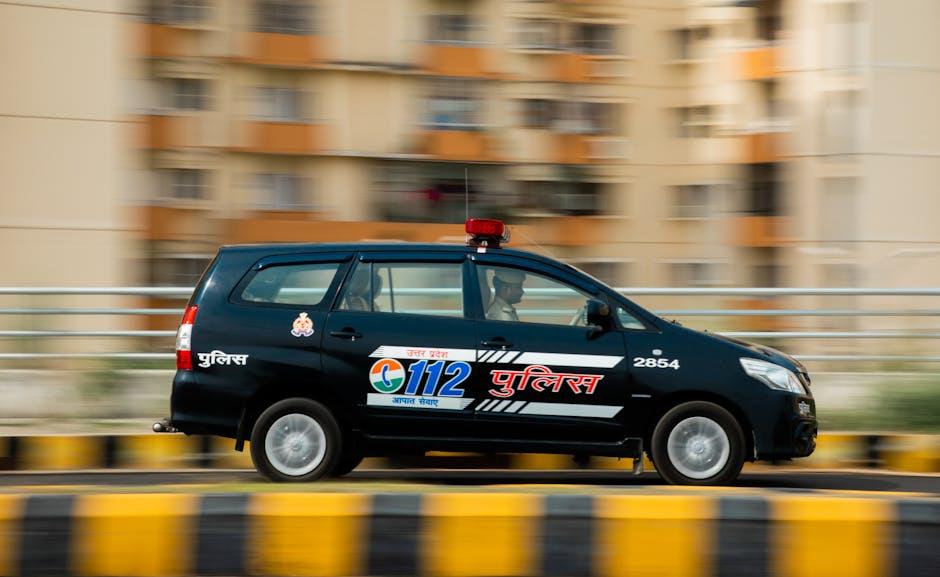
Parking Smartly to Avoid Environmental and Physical Hazards
Choosing where to park can make a significant difference in preserving your car’s pristine paint job. Harsh sunlight, overhanging branches, and tight spots not only threaten your vehicle’s exterior but can also lead to costly repairs. For instance, direct sun exposure can oxidize paint, causing it to fade, while tree sap or bird droppings are acidic and can etch into the surface. Prioritize shaded areas or covered parking whenever possible, and avoid locations near tall trees or construction zones.
Consider the impact of physical hazards by watching out for narrow spaces or spots prone to frequent traffic. Avoiding tight parking spaces reduces the risk of accidental door dings and scratches. Below is a quick guide to help you choose spots that minimize environmental and physical risks:
- Choose shaded or covered areas: Protects against UV rays and weathering.
- Avoid parking under trees: Prevents damage from sap, bird droppings, and falling branches.
- Select spacious spots: Minimizes risk of being scratched or dinged by other vehicles.
- Steer clear of gravel or dirt lots: Reduces the chance of dust abrasion and stone chips.
| Hazard Type | Potential Damage | Parking Tip |
|---|---|---|
| Sunlight | Fading, oxidation | Park in shade or covered areas |
| Tree Sap & Bird Droppings | Acid etching, staining | Avoid under trees, clean promptly |
| Tight Spaces | Door dings, scratches | Opt for spacious parking spots |
| Gravel/Dirt Lots | Stone chips, dust abrasion | Choose paved and clean parking areas |
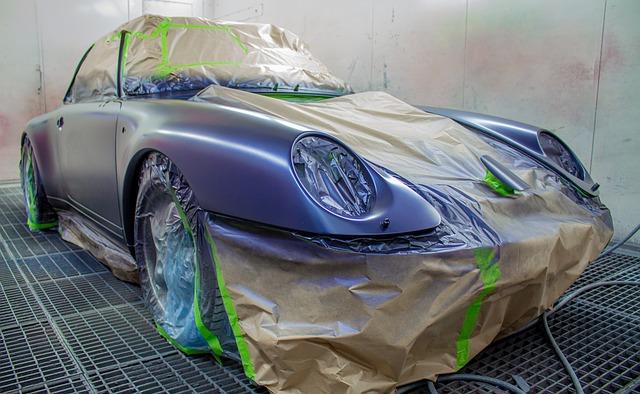
Routine Maintenance Tips to Keep Your Car’s Paint Looking New
Regular care is essential to preserving that fresh-from-the-showroom shine. Start with a consistent washing routine that avoids harsh detergents or automatic car washes using abrasive brushes. Instead, opt for a gentle car shampoo and a soft microfiber mitt to lift dirt and grime without scratching the surface. Don’t forget to rinse thoroughly and dry with a clean microfiber towel to prevent water spots. Also, applying a high-quality wax or paint sealant every few months forms a protective barrier, repelling contaminants and UV rays that cause fading and oxidation.
For daily protection, park strategically when possible—choose shaded areas or use a car cover to shield your paint from harmful sun exposure and bird droppings. Keep an eye out for environmental hazards like tree sap or road salt and remove them promptly. Below is a quick reference guide to maintenance tasks and their ideal frequency:
| Maintenance Task | Recommended Frequency |
|---|---|
| Gentle Wash | Weekly |
| Wax/Sealant Application | Every 3-4 months |
| Immediate Spot Cleaning (Sap, Bird Droppings) | As Needed |
| Use of Car Cover | Daily if parked outside |
Q&A
Q&A: How to Protect Your Car’s Paint from Damage
Q1: Why is it important to protect my car’s paint?
A1: Your car’s paint isn’t just about looks; it acts as a shield against rust, corrosion, and environmental damage. Protecting the paint helps maintain your vehicle’s value and keeps it looking fresh and vibrant for years.
Q2: What are the common enemies of car paint?
A2: Sunlight’s UV rays, bird droppings, tree sap, road salt, acid rain, and even tiny scratches from dust or gravel can all take a toll on your paintwork. Over time, these factors cause fading, staining, and chipping.
Q3: How often should I wash my car to protect the paint?
A3: Washing your car every two weeks is a good rule of thumb, but more frequent washes may be necessary if you encounter heavy dirt or road salt. Regular cleaning prevents contaminants from sitting too long and eating away at the paint.
Q4: What’s the best way to wash my car without damaging the paint?
A4: Use a soft microfiber mitt, gentle pH-balanced car shampoo, and plenty of water. Avoid dish soaps or household cleaners — they’re too harsh. Rinse thoroughly and dry with a microfiber towel to prevent water spots.
Q5: Is waxing really necessary?
A5: Yes! Wax acts like a protective cloak, shielding your paint from UV rays, water, and pollutants. Applying wax every three months helps preserve the shine and adds a slippery surface that repels dirt and grime.
Q6: Are paint sealants or ceramic coatings better than wax?
A6: Paint sealants and ceramic coatings offer longer-lasting protection compared to traditional wax. Sealants typically last 6-12 months, while ceramic coatings can protect for years. They create a tougher barrier against damage but may require professional application.
Q7: How can I protect my car’s paint in harsh weather?
A7: Park in a garage or shaded area to avoid UV damage and protect against hail or falling debris. In winter, wash off road salt promptly. Consider using a weatherproof car cover if you don’t have sheltered parking.
Q8: What should I avoid to prevent paint damage?
A8: Don’t park under trees to steer clear of sap and bird droppings. Avoid automatic car washes with stiff brushes; they can cause tiny scratches. Also, refrain from wiping off dirt with a dry rag — this can grind particles into the paint.
Q9: Can scratches or chips be repaired to protect the paint underneath?
A9: Absolutely. Promptly touching up scratches and chips prevents moisture from seeping in and causing rust. Use a matching touch-up paint or consult a professional for more severe damage.
Q10: What’s the most effective overall approach to maintaining flawless paint?
A10: Consistency is key. Regular washing, periodic waxing or sealing, thoughtful parking, and prompt attention to damage work together to keep your car’s paint pristine. Think of it as ongoing TLC for your vehicle’s vibrant skin.
Closing Remarks
Protecting your car’s paint is more than just an aesthetic choice—it’s a commitment to preserving your vehicle’s personality and value. By adopting simple habits and using the right products, you can shield your car from the daily wear and tear that threatens its shine. Remember, the effort you put into safeguarding your paint today will reward you with a vibrant, showroom-worthy finish for years to come. So, treat your car’s exterior with care, and let it reflect the pride you take in every drive.

